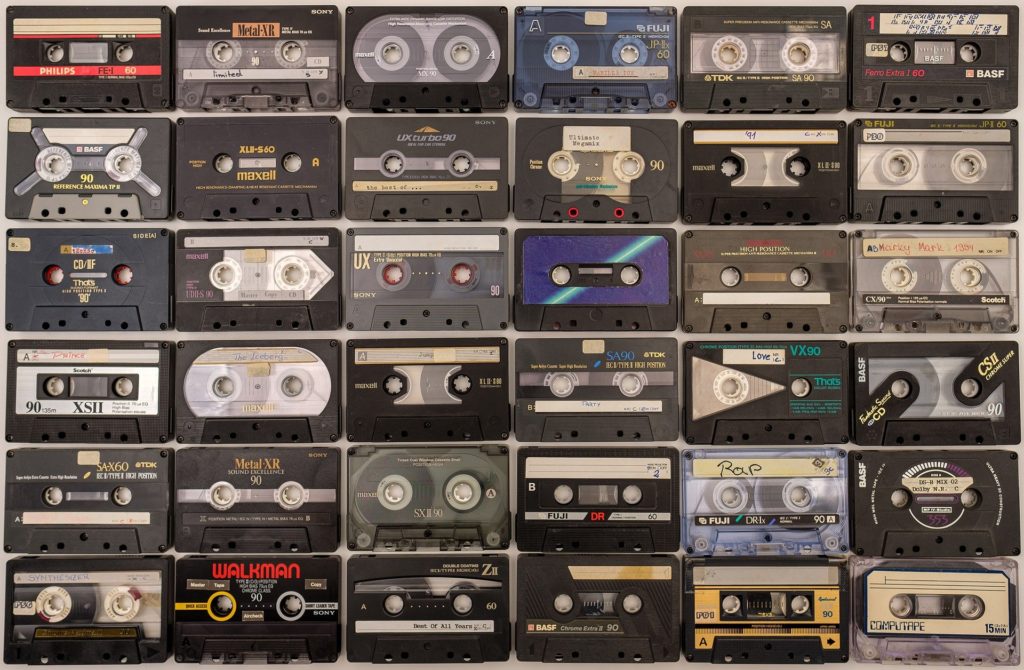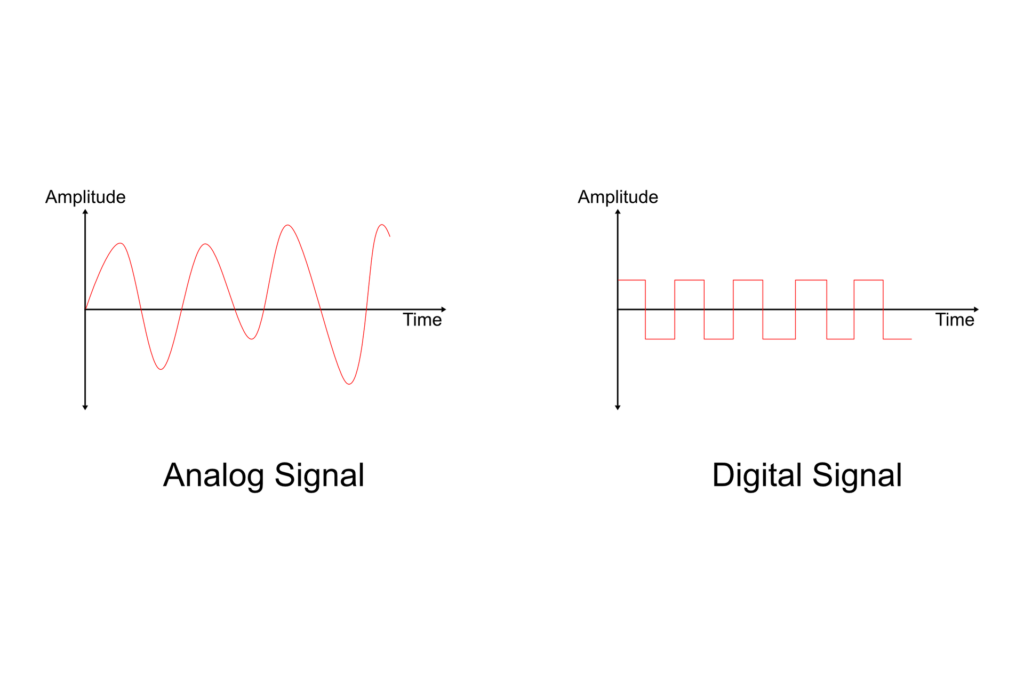
If you’ve dealt with electronics in any way, you’ve likely pondered the analog vs digital issue. We’re here to help you understand what’s actually behind these terms. For the purpose of this blog, we’re going to talk about electronic signals.
The Difference between Analog and Digital
Electronic signals can be either digital or analog. The difference between these two technologies can be significant. But why?
Electronic signals–both analog and digital–are around us all the time. Your favorite radio station frequency, your wi-fi signal, Bluetooth, infrared…..they’re all signals. Sometimes these signals pass through the air via radio frequency waves. But often the same signals can pass through wiring, too.
Think about the last time your wireless Wi-Fi connection stopped working and you had to dig through the back of your closet for an old Ethernet cable to reconnect. There’s a good example of changing transmission mediums (air to wire.)

From creation, analog and digital signals have a different shape. See the image above. The analog signal is a smooth, continuous, undulating wave that moves from the positive signal amplitude to the negative and back again through time.
Meanwhile, digital signals look blockier. That’s because they’re made from repeating square waves. While analog signals capture raw, unprocessed information, digital signals create a representation of time and amplitude using regular time intervals and creating a sequence of codes that are drawn from a finite value set.
Digital: Better Than Analog?
It’s difficult to quantify the analog vs digital comparison by shades of ‘better’ and ‘worse.’ Perhaps we should say they’re different.
After all, all real-life signals are analog. Natural sound, the heat on our skin, the colors in the sky above us, those are analog. And analog electric signals have their benefits: they can be easily amplified, they can be quantified across a time period, and a continuous signal can have infinite values across a given time period.
But when you amplify an analog signal, transmission noise amplifies with it. This can deteriorate the signal quality. Meanwhile, analog signals get weaker over distances; that’s why radio stations used to have such a limited range.
Digital signals, on the other hand, can handle amplification without loss of quality. That’s why digital signals are often the top choice for long-distance transmission.
Need an analog-to-digital converter for your Speedtronic system? We carry them! Talk to our team today to find out more.

You must be logged in to post a comment.